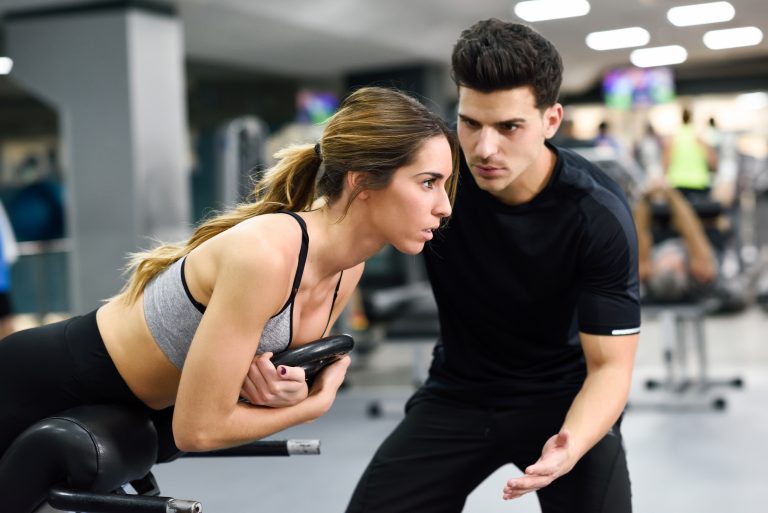Understanding the Posterior Cruciate Ligament
The posterior cruciate ligament (PCL) is one of the key stabilizers of the knee joint. Located in the center of the knee, it connects the femur (thigh bone) to the tibia (shin bone) and prevents the tibia from sliding backward. It is stronger and thicker than the ACL, which is why PCL injuries are less frequent. However, when subjected to significant force or trauma, the PCL can tear, leading to instability and reduced functionality in the knee.How PCL Injuries Occur in Winter Sports
Winter sports, particularly skiing and snowboarding, demand complex movements, balance, and strength. The nature of these activities often exposes the knees to high-impact forces and awkward positions, increasing the risk of injury.1. Direct Impact on the Knee:
• In skiing, a common cause of PCL injury is a forward fall where the skier lands on a bent knee. The impact drives the tibia backward, stressing and potentially tearing the PCL.
• In snowboarding, a similar scenario can occur during a hard fall or collision.
2. Hyperflexion Injuries:
• Hyperflexion, where the knee bends excessively, is another common mechanism of PCL tears. This can happen if a skier’s bindings fail to release during a fall, forcing the knee into an extreme position.
3. Rotational Forces:
• Both skiing and snowboarding involve sudden turns and twists. An abrupt rotational movement combined with an external force can strain the PCL.
4. Collisions:
• Collisions with other skiers, snowboarders, or obstacles on the slopes are a frequent cause of PCL injuries.
Risk Factors for PCL Injuries in Winter Sports
1. High Speeds:• Skiing and snowboarding at high speeds reduce reaction time and make falls or collisions more severe, increasing the likelihood of injury.
2. Inexperience:
• Beginners often lack the skills to control their movements, increasing their vulnerability to awkward falls or improper techniques.
3. Poor Equipment:
• Ill-fitting ski boots, improperly adjusted bindings, or worn-out snowboard gear can contribute to instability and accidents.
4. Fatigue:
• Fatigue affects coordination and reflexes, making injuries more likely, especially during extended sessions on the slopes.
5. Environmental Factors:
• Icy patches, uneven terrain, or crowded slopes heighten the risk of falls and collisions.
Symptoms of a PCL Injury
Recognizing the symptoms of a PCL injury is crucial for timely intervention:• Pain and Swelling: Immediate pain and swelling at the back of the knee are common after a PCL tear.
• Instability: A feeling that the knee is “giving way,” especially when walking downhill or descending stairs.
• Limited Range of Motion: Difficulty fully bending or straightening the knee.
• Bruising: Discoloration around the knee due to internal bleeding.
Prevention Tips for Winter Sports Enthusiasts
1. Strengthen Supporting Muscles:• Strong quadriceps, hamstrings, and calf muscles help stabilize the knee joint and reduce stress on the PCL.
2. Proper Technique:
• Learning proper skiing or snowboarding techniques minimizes the risk of awkward falls and incorrect movements.
3. Use Quality Equipment:
• Ensure ski bindings are correctly adjusted and snowboard boots provide adequate support.
4. Warm-Up and Stretching:
• A proper warm-up routine prepares the muscles and joints for physical activity, reducing the risk of injury.
5. Stay Alert on the Slopes:
• Avoid crowded areas, maintain a safe speed, and be aware of your surroundings to prevent collisions.
Treatment and Recovery
Treatment for a PCL injury depends on its severity:• Conservative Treatment:
• Mild to moderate PCL tears often heal with rest, ice, compression, and elevation (RICE). Physical therapy is essential to restore strength and mobility.
• Surgical Intervention:
• Severe PCL injuries may require reconstruction surgery, particularly if other ligaments are damaged. Surgery is often followed by a lengthy rehabilitation process.
Recovery can take several weeks to months, depending on the injury’s severity and the individual’s overall health and commitment to rehabilitation.
While skiing and snowboarding offer unparalleled excitement, they come with inherent risks, including the potential for PCL injuries. Understanding the causes and risk factors associated with these sports can help enthusiasts take preventive measures to protect their knees. By prioritizing proper training, using quality equipment, and maintaining physical fitness, winter sports enthusiasts can minimize the risk of PCL injuries and enjoy a safe and exhilarating experience on the slopes.













